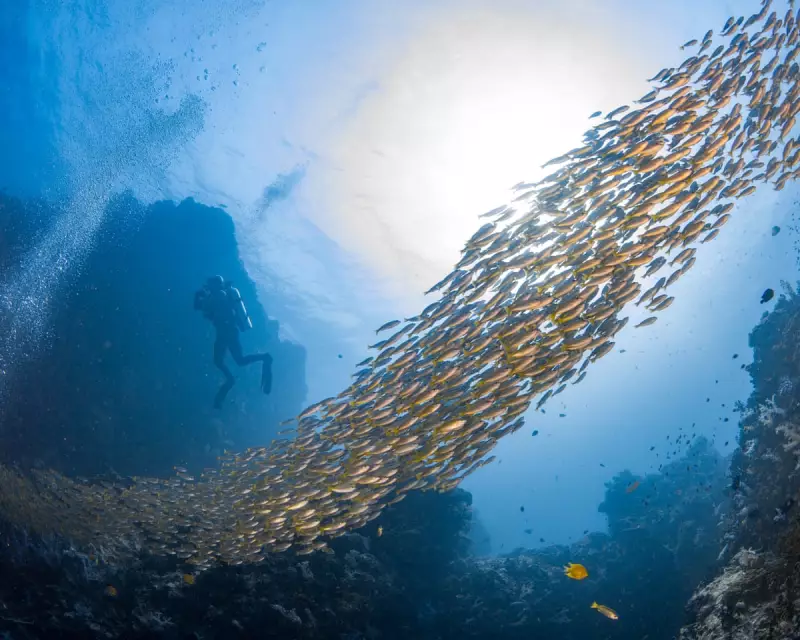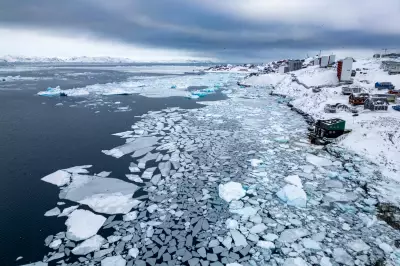
Beneath the waves off Britain's coastline, an unexpected conservation revolution is unfolding. Historic shipwrecks, once seen as maritime tragedies, are being transformed into thriving underwater sanctuaries that are dramatically rebuilding fish populations and restoring marine biodiversity.
Underwater Metropolises: The Unexpected Ecology of Sunken Vessels
Marine scientists have discovered that shipwrecks create complex three-dimensional structures that serve as perfect habitats for marine life. These artificial reefs provide shelter, breeding grounds and feeding stations for dozens of fish species, from commercially important cod and haddock to vulnerable marine creatures.
"We're witnessing something extraordinary," explains Dr Sarah Chen, lead marine ecologist at the Ocean Conservation Trust. "These wrecks become underwater cities almost overnight. Within months of a vessel sinking, we see colonisation by algae, barnacles and corals, followed by small fish seeking shelter, which in turn attracts larger predators."
The Science Behind the Success
Research conducted around several carefully monitored wrecks around the UK reveals startling results:
- Fish populations around artificial reefs can be up to 20 times denser than in surrounding areas
- Biodiversity increases by an average of 60% within two years of reef establishment
- Several commercially threatened species have shown significant population recovery in regions with multiple artificial reefs
- The "spillover effect" means fish eventually migrate from wrecks to repopulate adjacent natural habitats
Strategic Sinking: The Deliberate Creation of Marine Sanctuaries
Conservationists are now working with shipping companies, local authorities and fishing communities to strategically deploy decommissioned vessels in areas where marine ecosystems need the most help. These aren't random sinkings but carefully planned ecological interventions.
"We must protect and we must understand," emphasises marine policy expert James Robertson. "This isn't about dumping scrap metal in the ocean. It's about creating precisely engineered habitats that serve specific ecological functions while respecting our maritime heritage."
Balancing Conservation with Commercial Interests
The programme represents a remarkable collaboration between environmentalists and fishing industries that have traditionally been at odds. Local fishermen are reporting improved catches in areas adjacent to artificial reefs, while conservationists celebrate the restoration of vulnerable species.
Key benefits identified include:
- Providing nursery grounds for juvenile fish away from commercial fishing pressure
- Creating sustainable fishing zones where populations can maintain healthy numbers
- Offering protection from destructive bottom-trawling fishing methods
- Generating new opportunities for eco-tourism and scientific research
The Future of UK Marine Conservation
As climate change and overfishing continue to threaten marine ecosystems, artificial reefs offer a beacon of hope. The success seen around Britain's coastline is inspiring similar projects worldwide, demonstrating that human-made structures can play a vital role in ocean recovery.
With careful planning and continued research, these underwater sanctuaries could help secure the future of UK fishing communities while protecting our precious marine biodiversity for generations to come.





